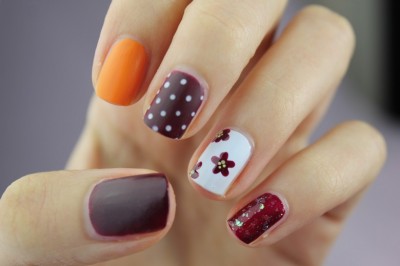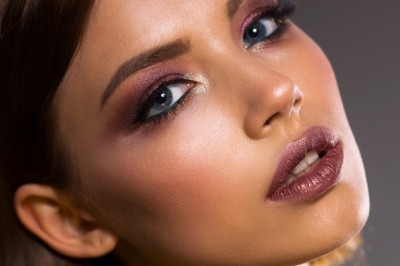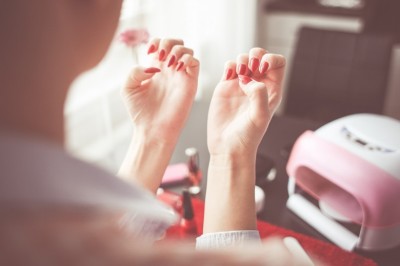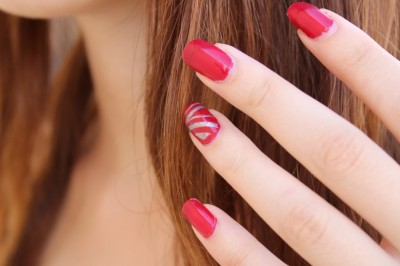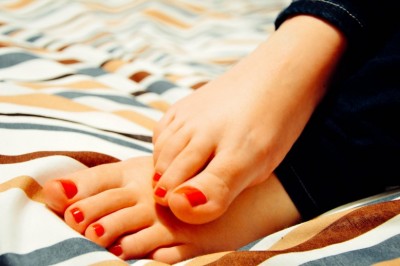
Great Looking Skin – A Simple 4 Step Skin Care Guide
Step 1: Decide what type of skin you have.
This is important so you know how to care for your skin and what products to use. There are 3 basic skin types: dry, oily and combination skin types.
Type 1: Dry Skin
Dry skin occurs when the dermis does not secrete enough oil, or sebum. The result is tight, drawn, flaky skin and a dull complexion. In more extreme cases, dry skin lacks elasticity and can be extremely sensitive to the sun, wind, and cold temperatures.
Type 2: Oily Skin
This type of skin has over-reactive oil producing glands, which makes the face shiny, especially the forehead, down the central panel of your nose and the chin (the T-zone). The pores of this skin type are enlarged making it prone to blackhead, pimple and acne. Oily skin needs special cleansing to keep the pores unclogged.
Type 3: Combination Skin
People with combination skin typically have some oily skin and either normal or dry skin on different parts of their face. Normal skin has a balanced oil and water content and feels smooth and velvety, not dry or oily. Normal skin is evenly toned with tiny, generally unclogged pores. After a wash it feels smooth and comfortable. Normal skin only occasionally breaks out in spots.
Combination: Normal to Oil
People with normal to oily skin generally have normal skin on their cheeks and oily skin with enlarged pores on their T zone, the area that stretches across the forehead and down the nose and chin. The T-zone needs extra attention as spots may often break out in this area.
Combination: Dry to Oily
This skin type is also marked by oily skin in the T zone and dry, taut skin on the cheeks.
Step 2: Develop a good daily Skincare regime.
There are 3 steps to basic daily skincare:
a. Cleansing
b. Toning
c. Moisturising
Let's break down each step.
Cleansing does just that, it cleans your skin. By cleansing, you are removing any dirt, oil, bacteria and makeup.
Toning does three things: it removes anything that your cleanser didn't already take care of, it restores the pH level of your skin and it prepares your skin to receive the moisturiser.
Moisturising helps to seal in your skin's natural oils and it acts as a barrier between your skin and the environment. Even oily skin needs a moisturiser, but chose a light product. It is best to moisturize immediately after applying toner. Moisturising is something everyone of every skin type should do, including those with oil rich skin.
Besides these daily steps you should also, less frequently, exfoliate and use a facial mask.
Exfoliation allows you to remove dead skin cells sitting on the surface of your skin. The circular motion in which exfoliating should be performed also helps to stimulate your skin allowing oxygen to come to the surface. Exfoliating is a crucial step for those with either dry skin or those with dehydrated oil rich skin.
Facial masks give you an extra boost to combat any concerns you might have for your skin. Just remember not to keep your mask on for more than 15 minutes because you could actually burn your skin. All masks should not be applied on the eyes (there are eye masks specifically formulated for this delicate area) and should be washed off with a warm face cloth.
So how often should you really be doing all of this ? Cleansing, toning and moisturising should happen twice daily; morning and night. You can exfoliate and give yourself a mask every one to two weeks depending on your skincare concerns.
Here are the steps you should follow for your day to day routine:
1. Cleanse
2. Tone
3. Moisturise
And here are the steps to be followed on the days you choose to also exfoliate and apply a mask:
1. Cleanse
2. Tone
3. Exfoliate
4. Tone
5. Mask
6. Tone
7. Moisturise
This may seem like a lot to do but your every day routine shouldn't take more than 3 minutes and your weekly routine no more than 20 minutes.
Step 3. Choose appropriate skincare products for your skin type
Your beauty specialist will be able to advise you on the best products for your skin type and skin care routine.
Step 4. Lifestyle impacts on the health and appearance of your skin, here are some lifestyle tips for enhancing your skin's appearance:
1. Avoid over exposure to the sun.
Sun damage leads to hyper-pigmentation (brown spots) which can develop into serious skin disease. Excessive exposure can also exaggerate and thicken fine lines. Use an SPF 15 or higher foundation or sun cream on all exposed skin, especially on your face.
2. Don't smoke
Easier said than done for smokers but please remember your skin is a large organ and it needs a lot of circulation. Smoking impairs circulation dramatically. That's why smokers' skin can look dull and gray
3. Get adequate rest and nutrition
Eat right and get plenty of rest. Keep vitamins such as C and E in your diet regime.
4. Protect yourself from stress - both emotional and environmental stress.
5. Touch your face less and wash your hands more!
It's very tempting to pick, poke, squeeze, and scratch in front of the mirror. But the more you traumatize the skin, the greater your risk of scarring. Apply treatment products and let them work.
6. Keep your makeup clean.
Replace the sponges in your compact on a regular basis.
7. Exercise.
Exercise promotes capillary functioning which can decrease premature aging. It also increases oxygen to the tissues which helps skin look young.












